Laser Shaping Your Teeth and Gums
The evolution of dentistry is astounding. When you look back at how simple procedures like teeth cleanings and cavity removals took place back in the day and compare it to now, there’s quite a difference. For instance, rather than someone coming at you with a sharp piece of metal, asking you to “open wide,” you can now sit, relax, and have a professionally trained dentist shape and contour the interior of your smile with a laser. Yes, I said LASER. If our ancestors could see the progress made in the modern dental field they would be nothing short of amazed. At Carolina’s Dental Choice we have made it our goal to operate with the most advanced methods of dentistry, and we’re proud to say we have become quite good at it.
LASERS!?
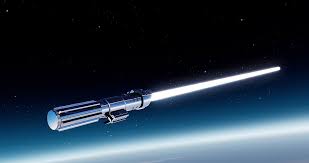
Something about the word “laser” brings forth futuristic images of bright lights cutting through metal or zapping some fictional bad guys into oblivion. But the truth is, lasers are real and are used frequently in all sorts of fields. Even in dentistry. Well, why not? If you break the acronym down, it actually doesn’t seem so fictional:
- L—light
- A—amplified
- S—stimulated
- E—emission
- R—radiation
A laser is a device that uses radiation to stimulate light so that it can penetrate a foreign material. Now think of materials in the mouth that may need complete removal or reshaping. Things like cavities or excess gums overlapping the teeth. Lasers don’t sound so far off now, huh?
A Closer Look at Laser Dentistry
Understanding what a laser can do to cavities or gums is nice, but there is probably still some reluctance towards having a radiated light shot into your mouth. But when you take a closer look at the process, you can see it is actually very safe and effective.
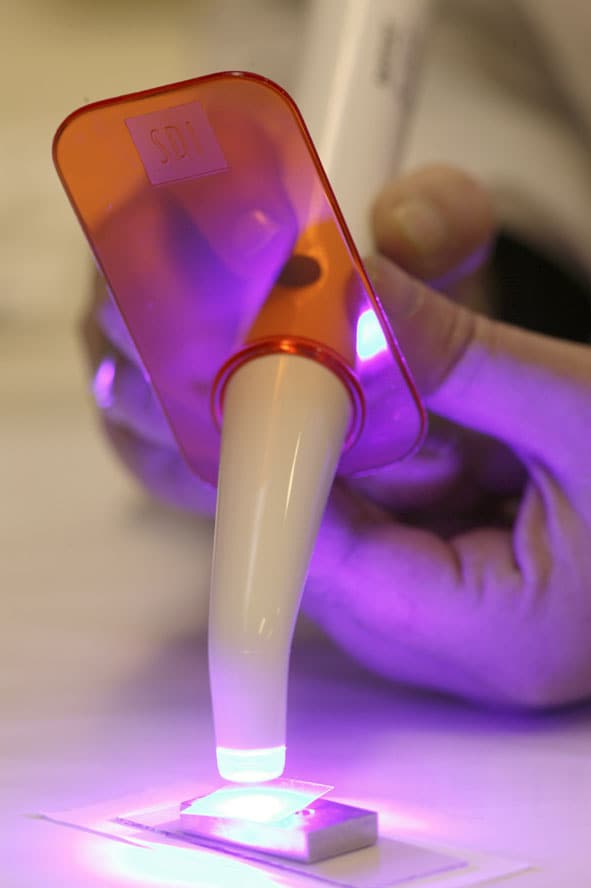
Since the mid-90s, lasers have been slowly incorporated into dentistry for use on such things as:
- Tooth Decay. Using a laser to remove the decaying portion of a tooth has proven to be a quicker and more efficient process.
- Gum Disease. A laser is a great way to reshape gums and remove built-up bacteria without damaging the teeth.
- Because a laser is so precise it can be used to remove a very small portion of tissue without affecting the surrounding areas. This creates a faster healing process also, which makes for happier patients!
- Teeth Whitening. Modern dentistry has found a way to apply a peroxide bleaching solution and then have it activated by a laser to speed the whitening process up. Most importantly, it’s completely painless.
And that’s not all. Lasers can also be used for reducing the pain of canker and cold sores. They can expose hidden wisdom teeth. Remove excess muscles in the mouth that restrict proper movement. Help treat infections from root canals. The list just continues to grow. And a huge selling point to using lasers is the fact that they work speedily and require little prep work and recovery time. And if you are worried about safety, think about the alternative: a drill.

Sure, it might not be the size and shape of the one sitting in your garage, but it is essentially the same machine that twists and sharp object at high speed then shreds whatever tissue it encounters. Unlike the controlled accuracy of a laser, the drill is messy and loud. Is laser treatment beginning to sound a little more realistic? Good.
Different Lasers for Different Treatments
Essentially, there are two types of lasers used in dentistry: one kind for soft tissue and another for hard tissue.
Soft Tissue Lasers. These use an absorbable wavelength, making them less dangerous to use on softer tissue like the gums. The surrounding areas can then absorb and handle the effect of the beam without being damaged. Another benefit to using a soft tissue laser is that it has the capability to kill bacteria and encourage new growth. Postoperative pain is nil to nothing at all with soft tissue lasers because, at the same time they are penetrating one area of tissue, they are able to seal the surrounding blood vessels. Soft tissue lasers are typically used for:
- Soft Tissue Folds. Devices such as dentures can cause actual folds of tissue in the mouth, which need to be removed. A laser is the painless way to take care of this issue and reshape the gums as they should be.
- Crown Lengthening. This is a form of gum reshaping so that the foundation of the tooth is strengthened and exposed, making it healthier in the long run.
- Muscle Attachment. For those who have limited tongue movement due to muscle restraints, a soft tissue laser can be used to reshape or remove pieces of tissue to free up the tongue and allow for better movement in the mouth.
Hard Tissue Lasers. These types of lasers have a high enough wavelength so that they can cut into hard tissues such as bone and teeth. This laser has such incredible accuracy that it only penetrates the desired material and causes little to no impact on the surrounding areas. A hard tissue laser is used for:
- Prepping Dental Fillings. A drill is usually used to rid a tooth of unwanted bacteria before a filling is attached. For this to take place, the area must be anesthetized, and the process can be arduous. With a hard tissue drill, there is no pain and therefore no need for anesthesia. The process is easier, faster, and more accurate.
- Overly Sensitive Teeth. On the root of sensitive teeth there can be found open tubules, which cause the unwanted sensation. By using a hard tissue laser, a dentist can seal these holes and strengthen the teeth.
A Clear Case for Lasers
So how do you know if you are a candidate for laser treatments? You can find out by visiting us at Carolina’s Dental Choice for a consultation. But there are a few signs you can detect yourself:
- Do you have excess gums hanging over your teeth? A lot of people believe this is something they must live with, and therefore never question a possible reshaping. But now, due to the use of soft tissue lasers, these overlapping gums can be greatly reduced to make your smile more confident.
- Have you detected a possible cavity in your mouth? Maybe you have even been told you have one and need to get it taken care of, but you keep putting it off due to the pain involved. But now that you know a drill does not have to be used, and that a hard tissue laser can remove the cavity with virtually no pain, what are you waiting on?
Come See Us!
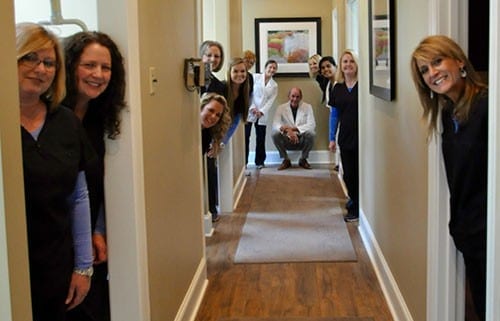
Whether or not you are sold on having a laser used on your teeth or gums, we can take care of all your dental needs. Call or visit us today to make an appointment. It’s time to be confident in your smile, and we can help.
-Andrae Bergeron

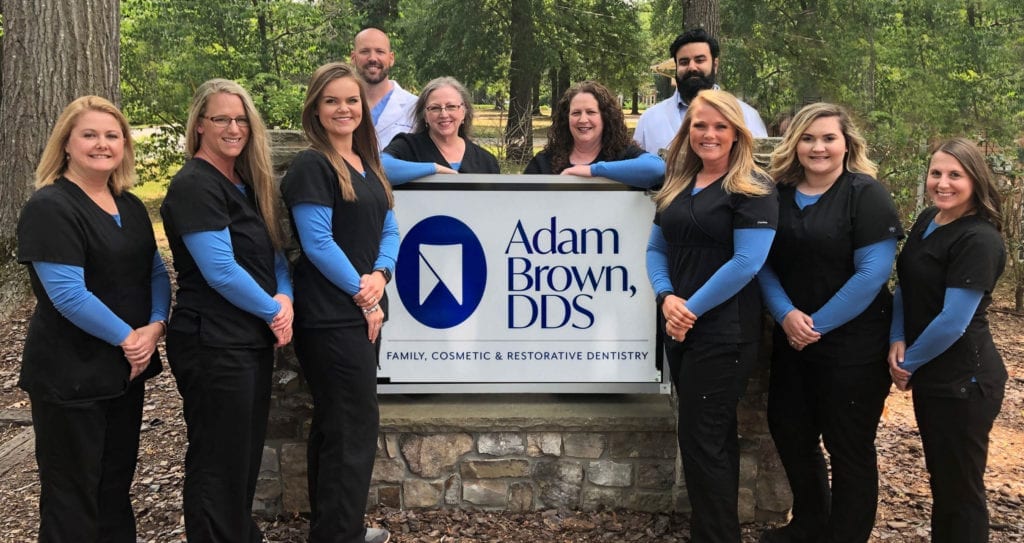
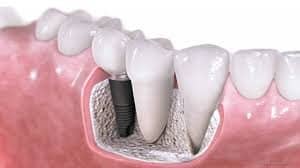 t Are Dental Implants
t Are Dental Implants  he initial appointment your Carolina’s Dental Choice Dentist will exam your teeth. Along with discussing the procedure, your dental history will be reviewed, x-rays will be taken, and your teeth will be thoroughly examined. You will have the opportunity to discuss your options for implants to determine if you are a good candidate. This will get you acquainted to the different procedures and help you and your doctor decided which option is the best fit for you.
he initial appointment your Carolina’s Dental Choice Dentist will exam your teeth. Along with discussing the procedure, your dental history will be reviewed, x-rays will be taken, and your teeth will be thoroughly examined. You will have the opportunity to discuss your options for implants to determine if you are a good candidate. This will get you acquainted to the different procedures and help you and your doctor decided which option is the best fit for you. The great thing about dental implants is that they require very little patience and if they are taken care of, implants will never have to be replaced. The upkeep of implants is very easy and requires very little of your time. Steps to keeping your implants successful include:
The great thing about dental implants is that they require very little patience and if they are taken care of, implants will never have to be replaced. The upkeep of implants is very easy and requires very little of your time. Steps to keeping your implants successful include: